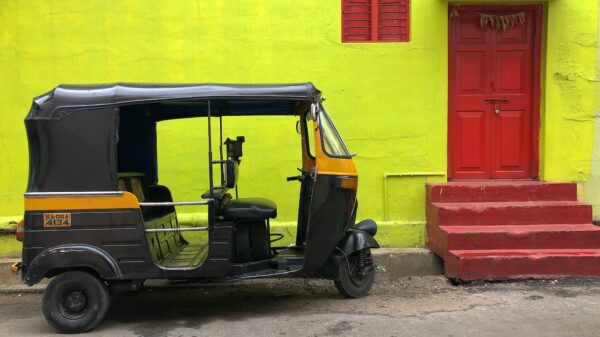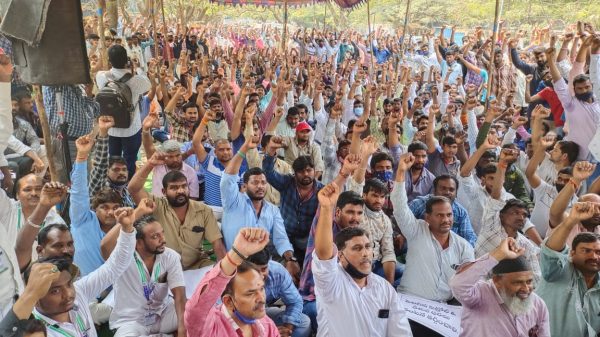"Aadhaar is the digital identity platform that has facilitated online authentication of identity. A similar system for address authentication would simplify business processes," said a draft approach paper to create a Digital Address Code, published on the website of the Department of Posts (DoP) on October 19. In the approach paper, the DoP has suggested allocating permanent 12-digit codes linked to precise geospatial coordinates of all addresses in the country. Government bodies and businesses can use the codes to verify addresses and deliver services to users, the draft paper says. The DoP is accepting suggestions on the paper until November 20. Why do we need a Digital Address Code? The DoP has outlined several reasons why a Digital Address Code (DAC) will be useful for both businesses and public authorities: E-commerce: For online deliveries, a digital address identity can replace the descriptive address, giving businesses a precise idea of where to deliver. Such a code will also prevent the use of fake addresses for e-commerce frauds. Address verification: Such a code can be used as a signature for address authentication, 'similar to biometrics in respect of identity', the approach paper said. Government bodies: The approach paper outlined a few areas in which the DAC could be useful for public bodies: Property Taxation Emergency response Disaster Management Election Management Census Operations Grievance Redressal What would be the attributes of a Digital Address Code? Geospatial coordinates: The DAC would be linked to geospatial coordinates representing the entrance or gate of an address. Uniqueness: Each individual…





























